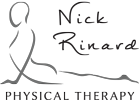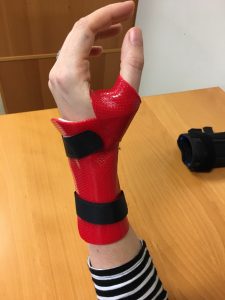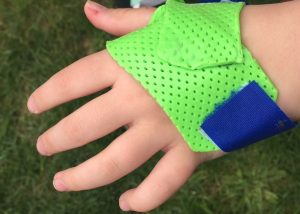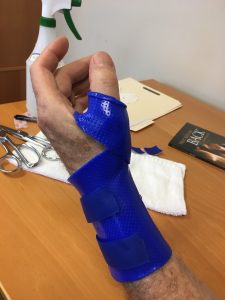Nick Rinard PT and McK Institute agree on weight!
https://www.facebook.com/140277053186246/posts/255690961644854/
More (formerly Mechanical Diagnosis and Therapy of Portland, PC)
(formerly Mechanical Diagnosis and Therapy of Portland, PC)
https://www.facebook.com/140277053186246/posts/255690961644854/
Morehttps://www.facebook.com/mckenzieinstituteinternational/posts/252007585346525
Morehttps://www.facebook.com/140277053186246/posts/257362901477660/
Morehttps://www.facebook.com/139184759454589/posts/2056699014369811/
Morehttps://www.facebook.com/140277053186246/posts/254138911800059/
MoreThese beautiful summer evenings are perfect for golfing! If you are struggling getting back on the green, let us know! We would be happy to help you get back to playing outside and enjoying this nice weather. Avoiding movement can actually increase your osteoarthritis pain.
Read this article to learn more about the importance of exercise in reducing pain levels:
https://www.sciencedaily.com/releases/2018/04/180428145108.htm”
Margo Burette DPT
Morehttps://www.facebook.com/mdtclinics/posts/10156302832577442
Morehttps://www.facebook.com/mdtclinics/posts/10156258301362442
More


Have you self diagnosed… gone down the medical equipment aisle, picked out a brace you thought would help only to find you are still in pain months later? One size does not fit all. Correctly knowing what you are splinting and why makes all the difference. There is no reason to live with hand pain, when all it takes is a splint made just for you by Natasha Rinard OT. to get immediate relief!
MoreWhile treating a patient at the clinic last week, I was struck with her bravery. She described having previously sought physical therapy treatment for her injury at a different clinic. She had the discouraging experience of being treated by a different person at each appointment, and felt she had to explain her injury again and again. She says she was given a “one size fits all” exercise handout and when she was not successful with the exercises, no adaptations were offered to her.
Amazingly, this lady had the courage to self-advocate for better care. How many like her would be stranded at an impasse? She had the good fortune of having a friend who recommended the Nick Rinard Physical Therapy team to her. I’m happy to report that she is excelling here and is now ready to continue independently much sooner than expected.
Nick Rinard Physical Therapy is a specialty type of physical therapy which helps most people. The methods we use are the most scientifically valid in all of physical therapy today; and all of our therapists are trained in this specialty of mechanical diagnosis and treatment. From the patient’s perspective, you will undergo a thorough evaluation designed to find the true cause of your pain or symptoms. The main aim of the evaluation is to determine whether the pain is “mechanical” or “non-mechanical.”
If it is mechanical, and it is treatable, then you will start a corrective program on day one that is custom designed to suit your needs. We also equip all of our patients with a home exercise program and the tools they need to prevent this problem from recurring in the future.
You deserve to be individually evaluated, treated, and supported in a plan of care that is scientifically valid and effective. If you have had a disappointing physical therapy experience at another clinic, we urge you to come see us and let us demonstrate the difference that our high quality, dedicated staff can make for you.